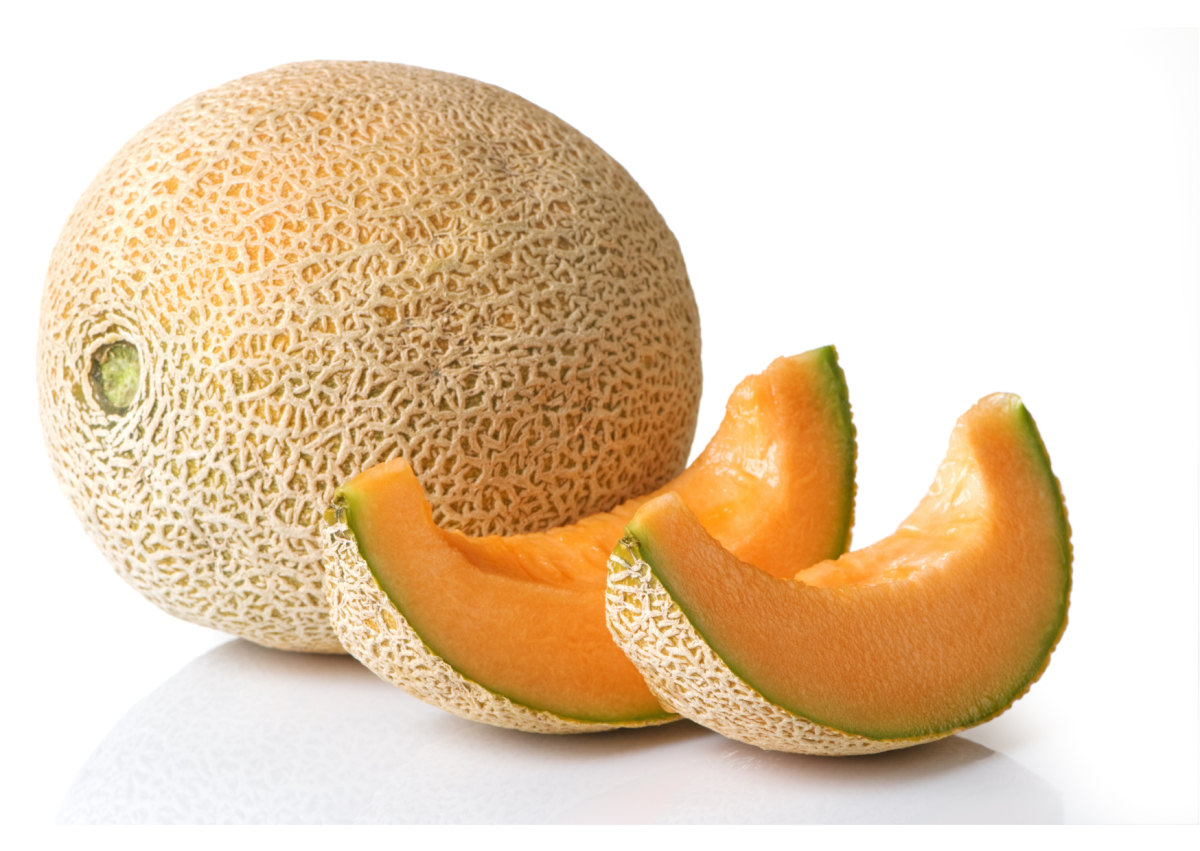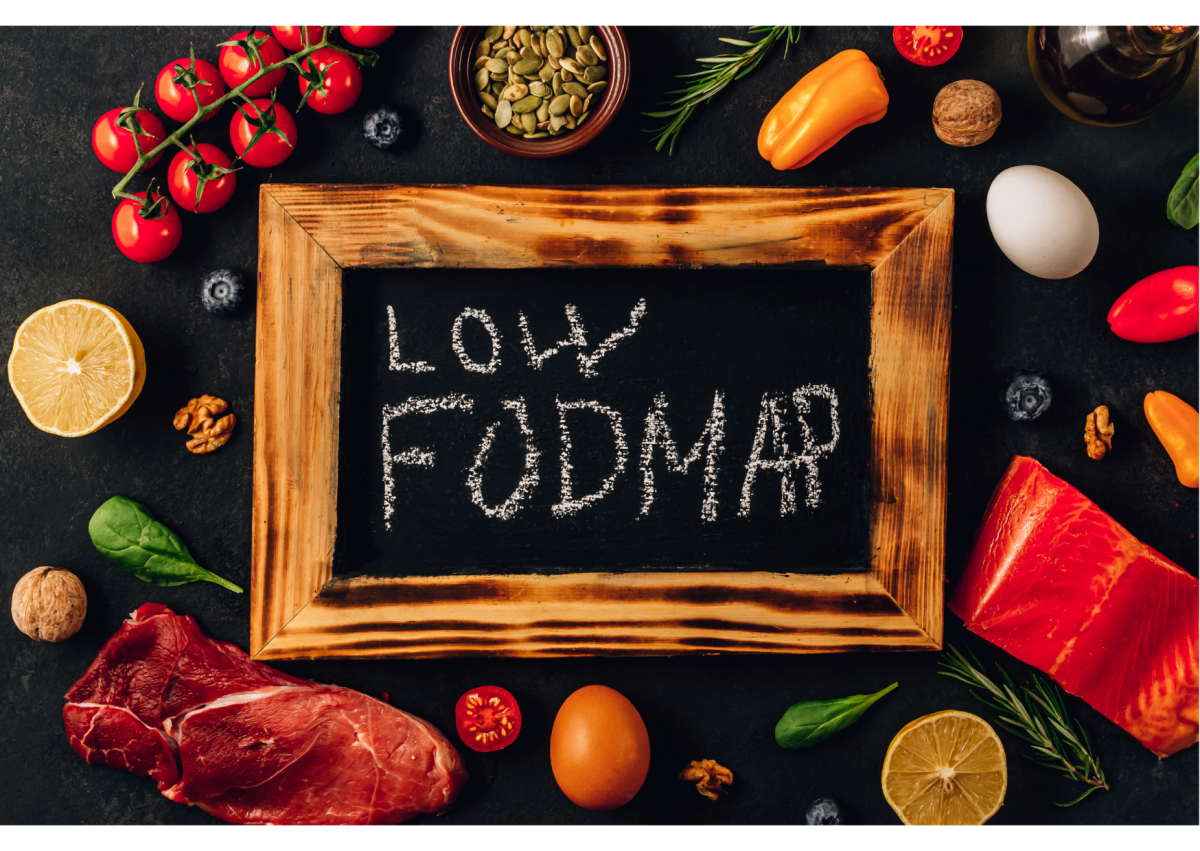A Dietitian’s guide to low FODMAP cantaloupe | recipes included
- Low FODMAP Recipes
You may be asking the question, ‘What is cantaloupe FODMAP content?’. If so, you are in the right place.
When following the low FODMAP diet, knowing which fruits are okay and in what quantity is very tricky.
This article discusses the FODMAP content of cantaloupe, its nutritional value, and creative ideas on how to incorporate it into the low FODMAP diet.
We also provide links to recipes for you to try at home.

What is Cantaloupe?
Cantaloupe, also known as rockmelon, sweet melon, or spanspek, is a muskmelon species in the Cucurbitaceae family that includes honeydew and watermelon (1).
Cantaloupe is a round or oval fruit with a rough, warty rind and sweet, juicy orange flesh.
They are known for their refreshing taste and are popular during summer due to their high water content and cooling properties.
What is the nutritional value of cantaloupe?
Cantaloupe is an excellent source of hydration, being made up of 90% water, meaning they are a good option when trying to stay hydrated in the hot weather (2).
Cantaloupe is a nutrient-dense source of carbohydrate, providing a rich source of vitamin C, vitamin A, and potassium (2).
One cup of cantaloupe provides 72% of your daily vitamin C needs (2).
Like most fruits, cantaloupe is also low in calories at only 34 calories per 100g (2).
Cantaloupes’ low caloric value can help maintain a healthy weight and aid weight loss when incorporated as part of a healthy, well-balanced diet.
Is cantaloupe low FODMAP?
Cantaloupe contains the FODMAP fructan, an oligosaccharide (the ‘O’ in FODMAP).
For more information on fructans, see our article, Fructans – are you intolerant to them?
It is a great option when following the low FODMAP diet.
Monash is an Australian university that researches the low FODMAP diet and advises on low FODMAP certified food via its website and app (1).
At 120g (¾ cup), Monash University has classified cantaloupe as low FODMAP (3).
However, when tested at 150g, it has a moderate FODMAP content (3).
We recommend enjoying cantaloupe at the low FODMAP portion size (120g) to avoid triggering symptoms.

Low FODMAP cantaloupe recipes
You can get creative in the kitchen when incorporating cantaloupe into your low FODMAP diet.
Below are links to of recipes for you to try:
Low FODMAP cantaloupe, cucumber, and burrata salad
Low FODMAP coconut chia pudding with cantaloupe
Low FODMAP prosciutto cantaloupe
Low FODMAP Cantaloupe lime popsicles
Low FODMAP grilled halloumi and melon salad
How to incorporate cantaloupe into a low FODMAP diet?
You may be looking for ideas on how to enjoy cantaloupe while following the low FODMAP diet.
Below are a few suggestions as to how to incorporate cantaloupe into your diet:
- Alone as a snack
- In fruit salads
- In savory salads – cantaloupe is often paired with protein such as prawns and ham.
- In smoothies
When incorporating it into fruit salads and smoothies, remember to avoid fodmap stacking.
FODMAP stacking occurs when you eat two or more foods in the low FODMAP portions simultaneously, and they contain the same FODMAPs.
For more information on FODMAP stacking and how to avoid it, see our article on FODMAP stacking.
What other melon is suitable for the low FODMAP diet?
You may be wondering if other melons apart from cantaloupe are low FODMAP.
Two other types of melons, honeydew, and watermelon, have been tested by Monash.
Below are the low FODMAP portions for these melons (3):
- Honeydew melon – one large wedge (90g/ ½ cup).
- Watermelon – 15g ( 1 ½ tbsp)
Honeydew melon contains the FODMAP fructan, whereas watermelon contains fructan and two other FODMAPs, mannitol and fructose (3).
Unfortunately, Galia melon, a popular type of melon, has not yet been tested by Monash.
Therefore, we still need to advise on appropriate portion sizes and recommend avoiding them while following the low FODMAP diet.
Do note that the current recommendation is to eat at most three portions of fruit daily (even the low FODMAP ones) if you have IBS (4).
For more general information on fruit and the low FODMAP diet, see our article, Low FODMAP fruits.
Summary
In conclusion, you can enjoy cantaloupe as part of a low FODMAP diet in appropriate portions.
Cantaloupe is also a great source of multiple vitamins and minerals and can make up part of a well-balanced diet.
For cooking inspiration, use the recipes linked above to help you get creative in the kitchen and create some delicious, healthy snacks and meals.